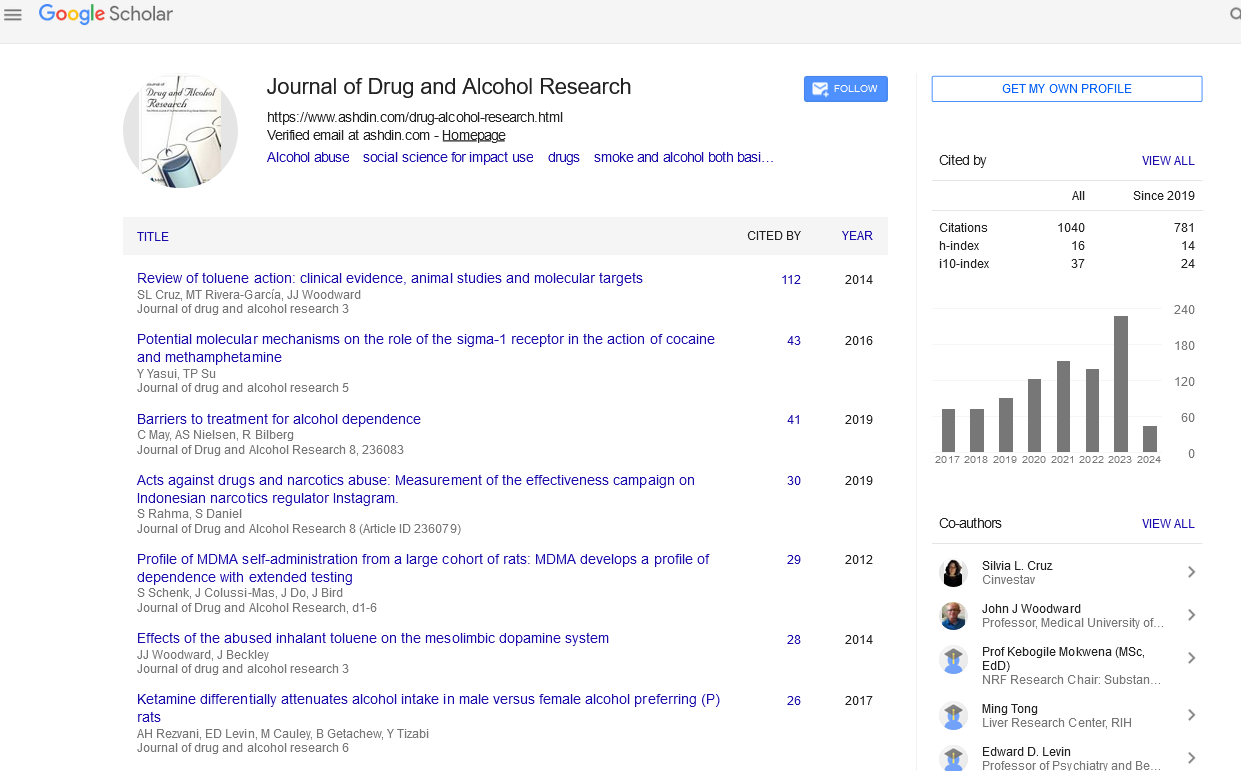Financial Hemorrhaging (Bankruptcy) of Entities Involved in the Production and Sale of Narcotic Drugs as a Direction of National Security: Foreign Experience and Legal Regulation of Asset Confiscation and Countering Money laundering
Author(s): Oleksandr Iarmolenko*, Olena Kryzhanovska, Natalia Blazhivska, Andriy Benitskiy and Anastasiia Berendieieva
Abstract
Aim: The article examines the problem of financial bloodletting of illegal drug producers and dealers as an element of national security.
Methods: The study is conducted using a set of general scientific and special methods that ensure the objectivity, reliability and completeness of the results obtained. Dialectical method: Used to analyze the dynamics and contradictions in the processes of combating drug crime, in particular the relationship between the production/sale of drugs, money laundering and asset confiscation. Allows you to consider these phenomena as interdependent elements of a single system. System analysis: Used to consider the system of combating drug crime as a set of interrelated elements (legislation, law enforcement agencies, financial institutions, international cooperation). This makes it possible to identify key factors that affect the effectiveness of this system. Comparative legal method: Used to analyze the legislation and law enforcement practice of different countries (for example, the USA, Great Britain, EU countries) regarding asset confiscation and combating money laundering. This allows us to identify commonalities, differences and best practices that can be adapted.
Results: Foreign experience in the introduction of mechanisms for confiscation of assets and combating money laundering is analyzed. Civil instruments of preventive confiscation, such as the British Proceeds of Crime Act (POCA2002) and the Irish Criminal Assets Bureau model, as well as American sanction mechanisms such as the Kingpin Act, are separately considered.
Conclusion: Special attention is paid to financial instruments for combating crime, in particular asset confiscation and combating money laundering. The experience of individual countries is analyzed, as well as the main international conventions and recommendations regulating this area are considered. The study aims to identify the most effective practices and suggest ways of their implementation in national legislation.


